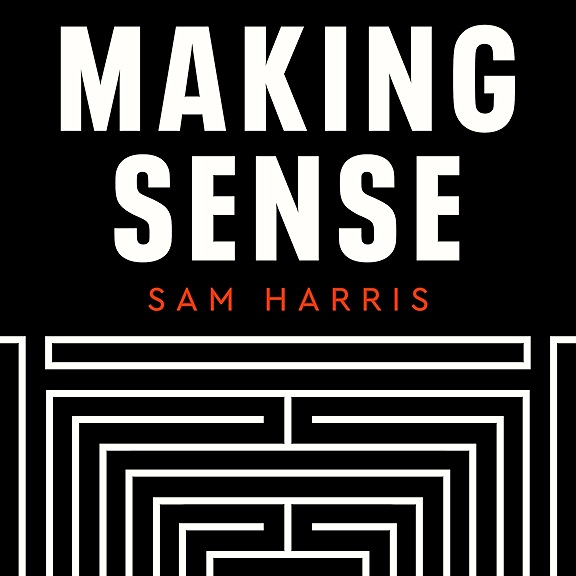
John, Sue and Paul welcome back 'Mr Flea' (parasitology expert Ian Wright) for a second episode of The Skin Flint Podcast focusing on treatments, pet health schemes, media coverage and finally drawing some conclusions to the discussion.
SHOW NOTES
Intro (00:00)
John, Sue and Paul look forward to another chat with Ian Wright the parasitology expert and welcome your thoughts and questions through the social media channels at Elearning.Vet, including any more wacky questions for Sue! Find us on Facebook, Instagram, Twitter and LinkedIn.
Chapter 1, Treatments and The Environment (02:22)
John starts by asking Ian about Fipronil and Ian suggests this product still has its place and cast doubt over the idea of drug resistance of fleas to this component. He points out it is easily shampooed off however and not as good for dogs that swim in rivers etc. This brings the conversation to the consideration of the environment with the product washing off when they swim; with Ian stating that there just isn’t the data to suggest that this or any other component is contaminating the environment, however with a product like this which is easily washed off it is better to choose another route for pets that swim. He feels there is more research needed into the environmental aspects. John then asked if the manufacturers have guidelines on the environmental impact and Ian expresses his concerns about the lack of information given to clients about this both by the manufacturers and those selling the products as few owners read datasheets and need all the information to make the best choice for them and their pets.
Chapter 2 Pet Health Plans (08:47)
Sue raises the question of how appropriate pets health plans are and Ian agrees that they can restrict choice depending on the degree of clinical freedom a vet has when choosing treatments for patients on a plan. He suggests however that many plans have either a leading product which can be changed or in some cases a completely bespoke plan and feels that this is the best option to give flexibility, pointing out health plans are good for encouraging affordable regular flea control when used appropriately.
Sue points out this is where the vet nurse can be vital in helping to choose appropriate treatment with the owner by gathering all the information and John agrees, whilst expressing concern about the degree of choice involved and whether environmental aspects should be considered based on the conversation. Ian suggests approaching the environmental aspect with care given the lack of data, but suggests that indeed speaking to the owners about their specific preferences and lifestyle factors will help in the future to add the environmental aspect into the conversation and selection of treatment.
Chapter 3, Media Scrutiny (15:21)
Sue continues the conversation on the environment pointing out the media awareness, including the stat that a teaspoon of Imidaclorpid can kill 1.25 million bees, Ian agrees it is an emotive subject, and statistics like that one can be unhelpful but in time considering the environment when selecting appropriate treatment can be part of that conversation between practice and owner. John asks if the obvious idea of oral flea treatments such as the Isoxazolines being a solution to the environment aspect holds true and Ian points out there is no evidence to suggest they don’t contaminate the environment anymore then there is evidence to suggest environmental contamination seen is caused by spot-on treatment. The best option is to look at each pet an owner and make a decision appropriately.
Sue asks if it is appropriate that we should be recommending routine treatment all year round and Ian says that it is based on a risk based approach for all pets and parasites, with the level and prevalence of fleas judged to be high enough to justify treatment for all pets, all year round.
Chapter 4, Integral Flea Control (22:25)
The conversation turns to integrated flea control and the use of multiple methods to control fleas, not just on the individual pet but also in the environment. Ian discusses a number of methods including insecticide sprays, hot washing, vacuuming, growth regulators and flea sterilising products – stating that the adult flea on the pet it’s just the tip of the iceberg.
Chapter 5, Juvenoids and Conclusion (28:32)
Sue asks about the use of juvenoids such as Lufenuron and Permethrin and their consideration with the environment and Ian reiterates that there is a lack of evidence here, but points out they are unlikely to be necessarily better or worse than any other products both for the environment and also the control of fleas. He states that it is better to prevent fleas rather than fight them once they are established which will always require more insecticide in the long run. Sue and Ian point out environmental consideration with other things such as ant killer and agricultural insect control is just as in need of consideration and research before they both conclude the conversation with the importance of a bespoke approach
Outro (34:50)
John, Sue and Paul conclude the conversation and Sue tackles another challenging question to end on.




















